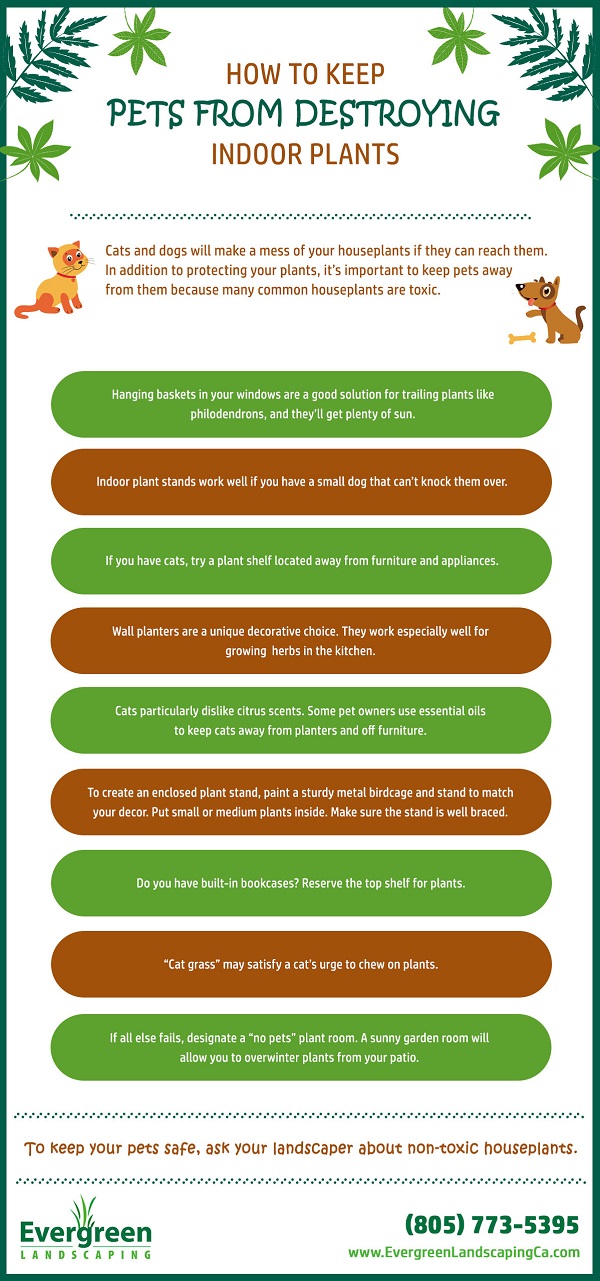How Your Indoor Plants Can Be Used for Holiday Decoration
Do your houseplants disappear behind your holiday decorations? Incorporating your plants into your holiday decor is a growing trend. We have some suggestions for making your plants stand out this holiday season.
Tall Plants
Do you have tall potted trees like Fiddle Leaf Figs, Yucca, Ficus or one of the many varieties of potted Palm? Here are some ways you can make them into holiday standouts:
- Light them up with short strings of white lights or red lights that will complement their greenery. Keep pets away from cords. Essential oils like lavender, lemon and eucalyptus applied to the pot will deter cats.
- Decorate them. Small plastic balls are preferable. They’re light enough not to damage the plant. We don’t recommend glass ornaments unless you don’t have kids or pets. As with all ornaments, make sure they’re securely attached. Metal hooks, ribbons and twine are all dangerous to pets.
- Surround them with tall decorations like reindeer, nutcrackers or Santas.
- Tie silver and gold bows or ribbons to their branches. This decorating technique is especially pretty in the dining room.
- Do you want to change things up this year? Skip the traditional central tree and place your gifts around your potted trees. Flank your fireplace with tall trees with gifts stacked around them. The kids will have more room to open gifts, and you’ll have a unique background for your holiday photos.
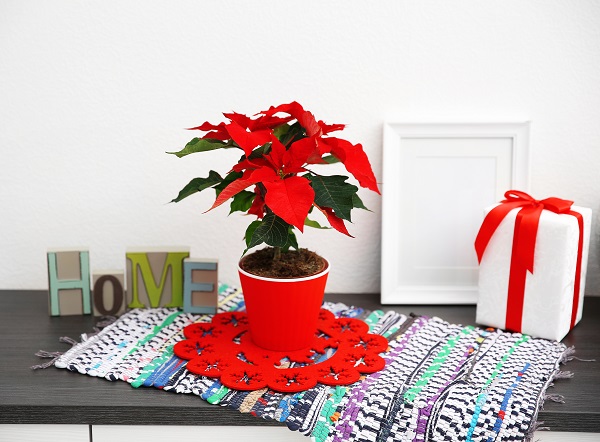
Medium and Small Plants
Smaller plants can be an essential part of holiday decorating with plants. Ideas for decorating with medium and small plants like Calatheas, Jade plants, Peace Lily include:
- Use miniature decorations. If the leaves won’t support the decorations, tuck them into the plant. Red, silver and gold are good colors for this decorating technique because they catch the eye amidst greenery.
- Buy your own ribbon and gently tie bows into plants like Asparagus Fern.
- Cut sturdy wrapping paper into wide strips, wrap around the plant’s container and tape it. Alternatively, put big velvety or shiny bows on the pots.
- Add wildlife. Dollar stores are great places to find small ceramic birds, rabbits, squirrels and deer.
Special Holiday Plants
Poinsettias aren’t the only Christmas houseplants. Ivy and Christmas Cactus can be used together or alone to line your mantel. A string of white lights edging the mantel is the perfect finishing touch.
For a unique centerpiece that delights the nose as well as the eyes, put your Peppermint plant in the middle of the table. Surround it with red, gold, silver and clear glass balls. You can put a few in the pot without damaging the plant. Tall white taper candles or white candles in jars will complete the simple and natural centerpiece.
Things to Remember:
-
- Gold and silver are the hot colors for holiday this year
- Use plants of different sizes
- Make sure hanging ornaments are lightweight
Do you need holiday plants, or do your indoor potted trees need attention? Contact us for all your holiday plant needs.

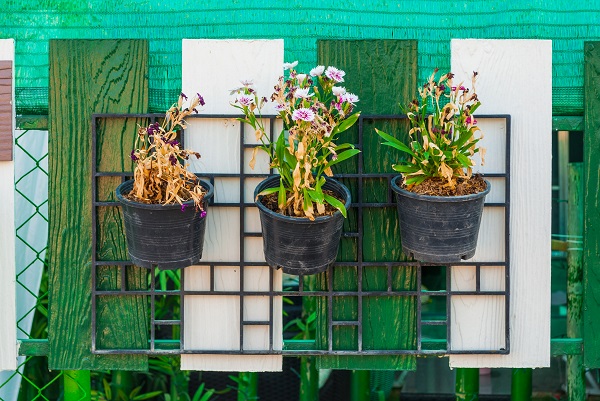
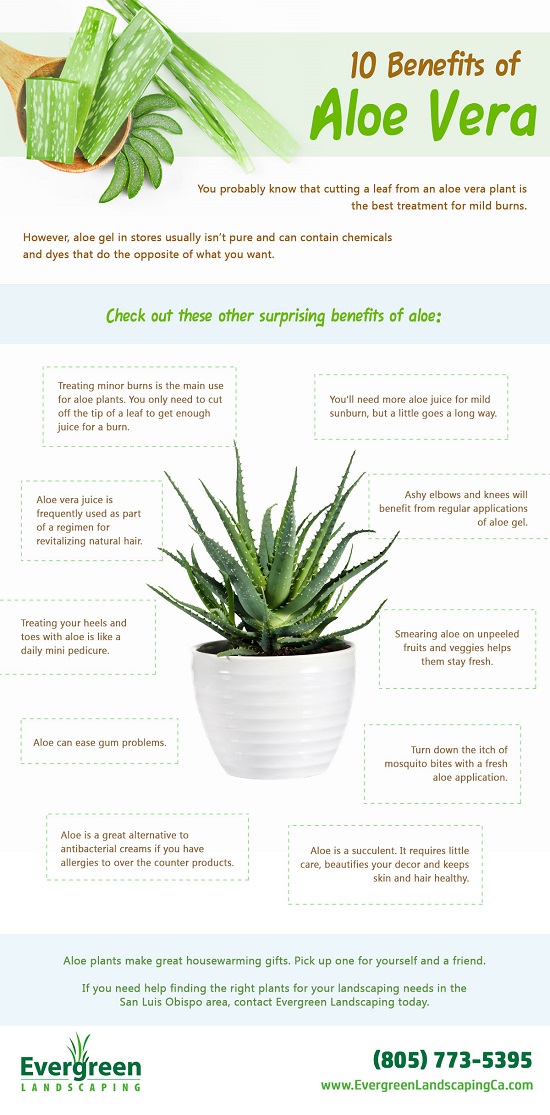
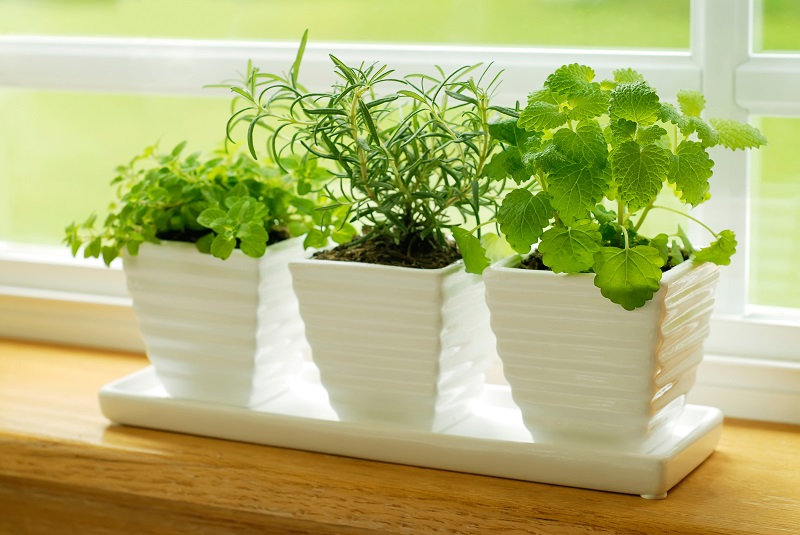
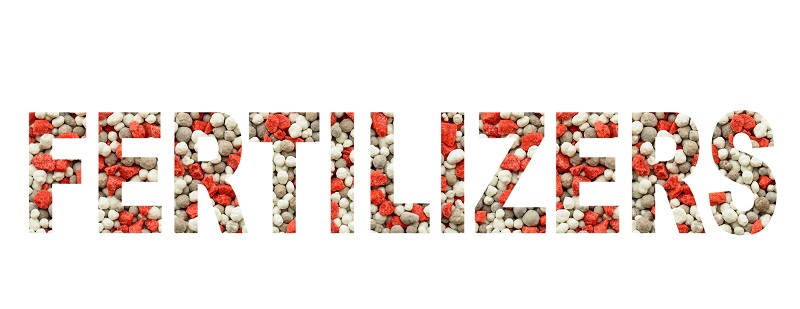 Using chemicals on lawns and plants is a hot topic. There’s growing concern about the effects of herbicides and pesticides on bees. How do you add nutrients to your garden and control pests without resorting to chemicals?
Using chemicals on lawns and plants is a hot topic. There’s growing concern about the effects of herbicides and pesticides on bees. How do you add nutrients to your garden and control pests without resorting to chemicals?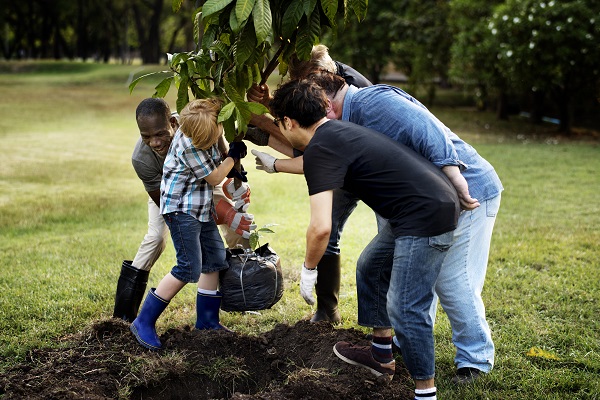 Transplanting both young and mature trees safely is possible. The ease of transplanting a tree depends on the type and size of tree, preparation and proper equipment.
Transplanting both young and mature trees safely is possible. The ease of transplanting a tree depends on the type and size of tree, preparation and proper equipment.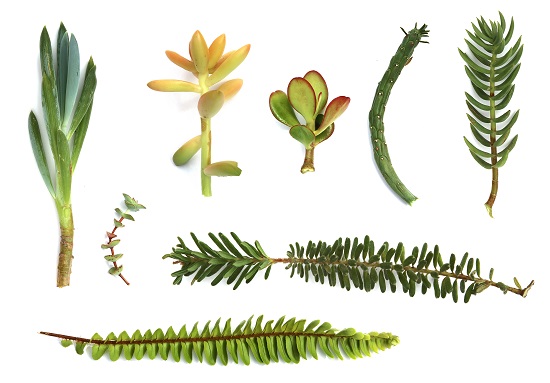 If you don’t have a green thumb but you want decorative plants and some color in your yard, there are many low maintenance plants to suit your needs.
If you don’t have a green thumb but you want decorative plants and some color in your yard, there are many low maintenance plants to suit your needs.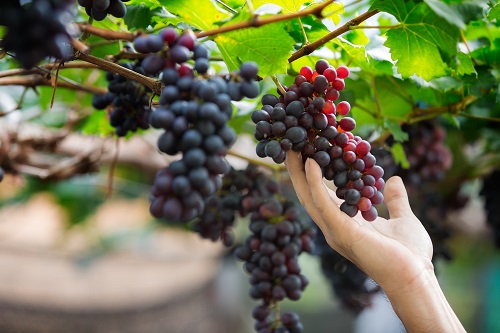 Dangers of Keeping Fruit and Berries on Trees or Vines Too Long
Dangers of Keeping Fruit and Berries on Trees or Vines Too Long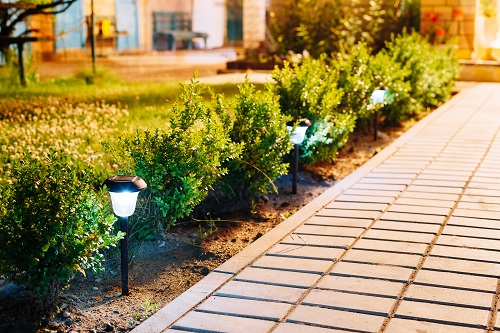 Solar pathway lights can be decorative or functional. They make driveways and walkways safe in the dark and add color and style to your yard or patio.
Solar pathway lights can be decorative or functional. They make driveways and walkways safe in the dark and add color and style to your yard or patio. 